
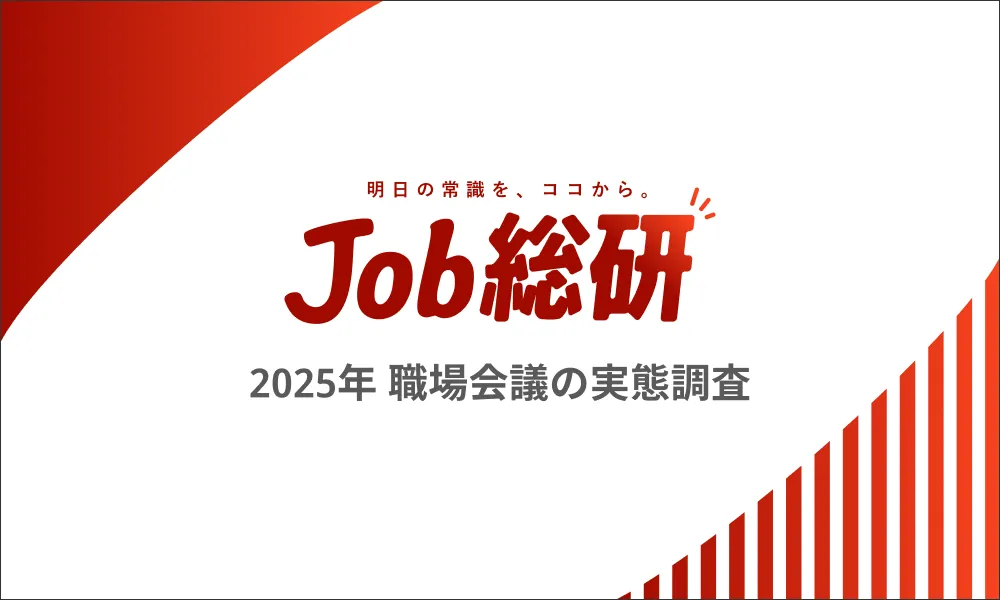
Transformations in Workplace Meetings: Insights from a 2025 Survey by Nihon Keizai Shimbun
Transformations in Workplace Meetings: Insights from a 2025 Survey by Nihon Keizai Shimbun
A recent collaborative survey conducted by JobQ Town of Pasona Career and the Nihon Keizai Shimbun sheds light on the evolving landscape of workplace meetings in Japan. Conducted among 476 working men and women, this research dives into the changes in meeting formats, levels of dissatisfaction about meetings, and the disconnect between ideal meeting conditions versus current realities.
Meeting Formats in Transition
Since the end of the pandemic, many companies that previously allowed extensive telecommuting are seeing a trend towards employees returning to the office. This shift has significantly influenced the format and structure of workplace meetings. Previous JobQ Town surveys indicated that by 2025, the return to in-office work was anticipated to accelerate, with many expressing a preference to return to the office during the summer months. Now, the implications of hybrid work, especially how meetings are conducted, are coming to the forefront again.
Survey Overview
This survey was executed online from June 11 to June 16, 2025, targeting registered users in JobQ Town across Japan aged 20 to 50 years. Out of the 476 responses, various dimensions of the meeting structures were explored, emphasizing how professionals feel regarding the increased prevalence of face-to-face meetings, the dissatisfaction tied to both in-person and online formats, and the growing discontent over meeting spaces.
Key Findings
Key results point to major shifts in attitudes:
1. Change in Meeting Formats: A striking 70.2% of respondents reported an increase in face-to-face meetings, with about 67.6% noticing changes in meeting dynamics due to returning to the office.
2. Discontent with Meeting Structures: A significant 68.7% of participants expressed dissatisfaction with their meeting experiences, with notable grievances emerging more from those attending in-person meetings.
3. Ideal Versus Actual Meeting Conditions: While 62.8% favored face-to-face meetings, there remained a gap between preferred and actual experiences regarding meeting frequency, duration, and size.
4. Availability of Conference Rooms: Concerns about insufficient conference rooms were highlighted by 72.6% of respondents, showing a systemic issue in accommodating the increased number of in-person gatherings.
Overview of Dissatisfaction
Unpacking the dissatisfaction associated with meetings, themes began to emerge:
- - For in-person meetings, 29.6% felt frustrated that discussions devolved into mere information sharing rather than meaningful exchanges. Also, barriers like awkward atmospheres and distractions posed challenges.
- - Online meeting participants echoed similar concerns, especially regarding the disconnection felt due to physical distance, difficulty gauging participant reactions, and reported distractions like multitasking during meetings.
Understanding the Ideal Meeting Dynamics
The survey underscored noticeable disparities between perceived meeting quality versus how they were executed. Most respondents believed face-to-face interactions were essential for contributions to emerge most effectively, particularly when brainstorming or tackling strategic issues.
Space Limitations and Usage
A closer examination of how conference rooms are utilized revealed that 39.3% of respondents used meeting spaces for purposes beyond meetings, such as private work or informal gatherings. The demand for flexible spaces raises questions about how organizations might reimagine work environments to facilitate a broader array of activities.
The Bottom Line
This research illustrates an essential narrative about the future of workplace meetings: dissatisfaction prevails prominently among employees, and there is a clear preference for face-to-face interactions. Yet, the underlying causes point not just to the format but to the planning and execution of these meetings.
To ensure the effectiveness of meetings, organizations are urged to critically assess both the necessity of gatherings and their formats. The challenge ahead lies in crafting meetings that prioritize quality interactions and clear outcomes, crucial for tackling workplace inefficiencies. Moreover, as needs for meeting spaces evolve, transitioning from traditional office setups to flexible, multipurpose environments will be pivotal.
Reflecting on the insights shared, companies must embrace this turning point in workplace culture, where redefining the purpose of meetings can lead to enhanced productivity and employee satisfaction.
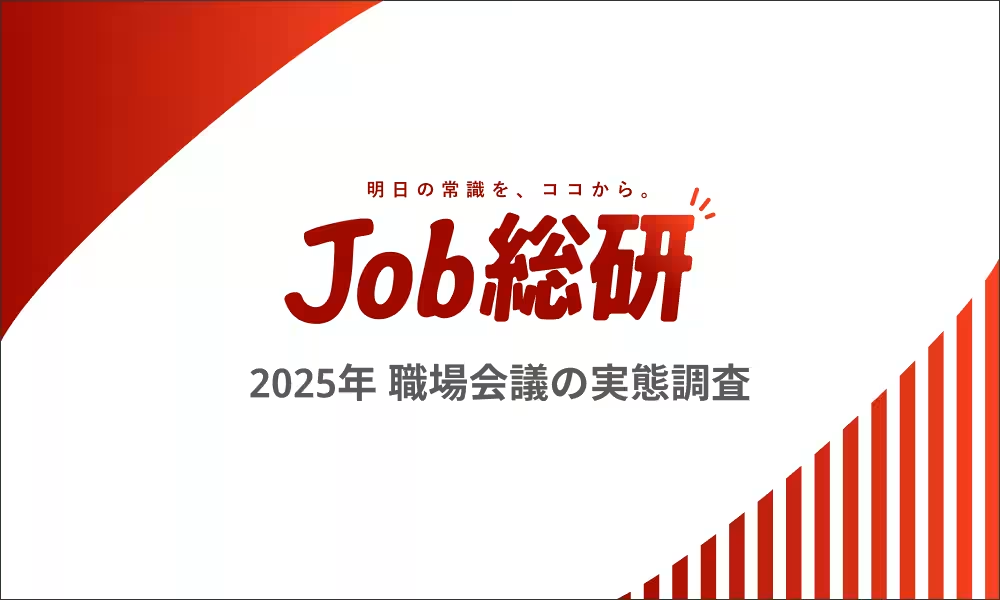

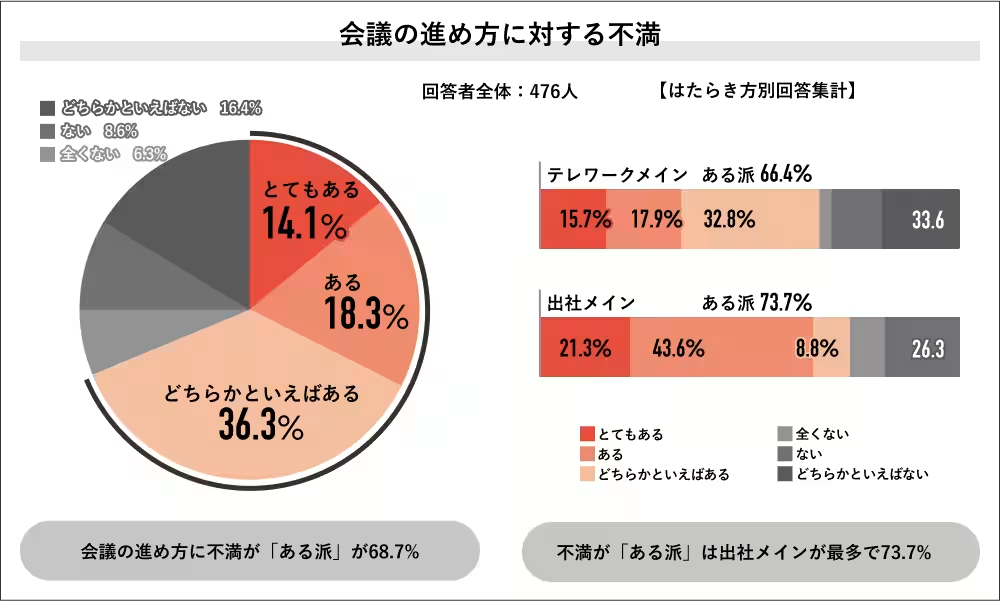
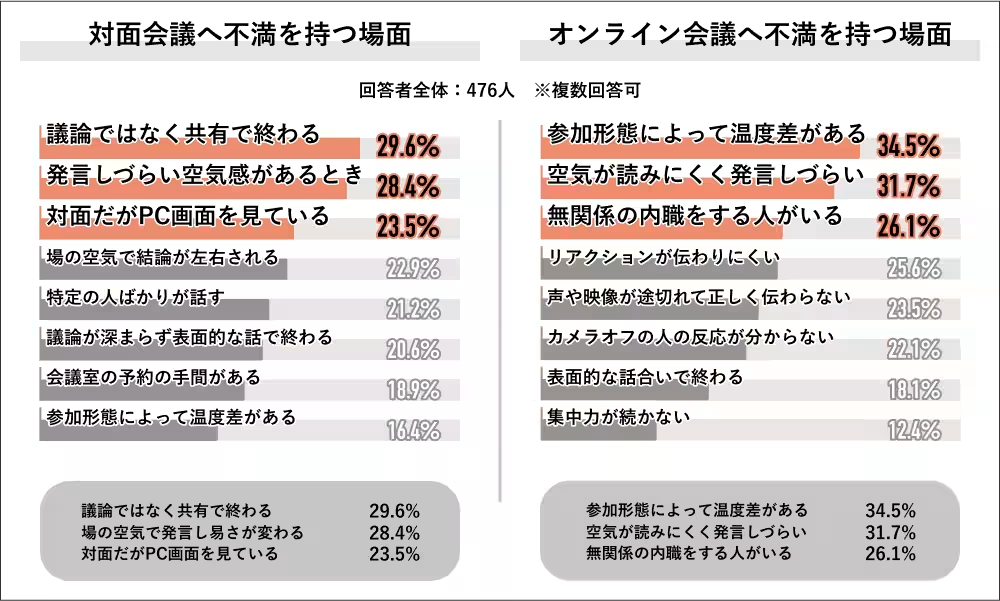
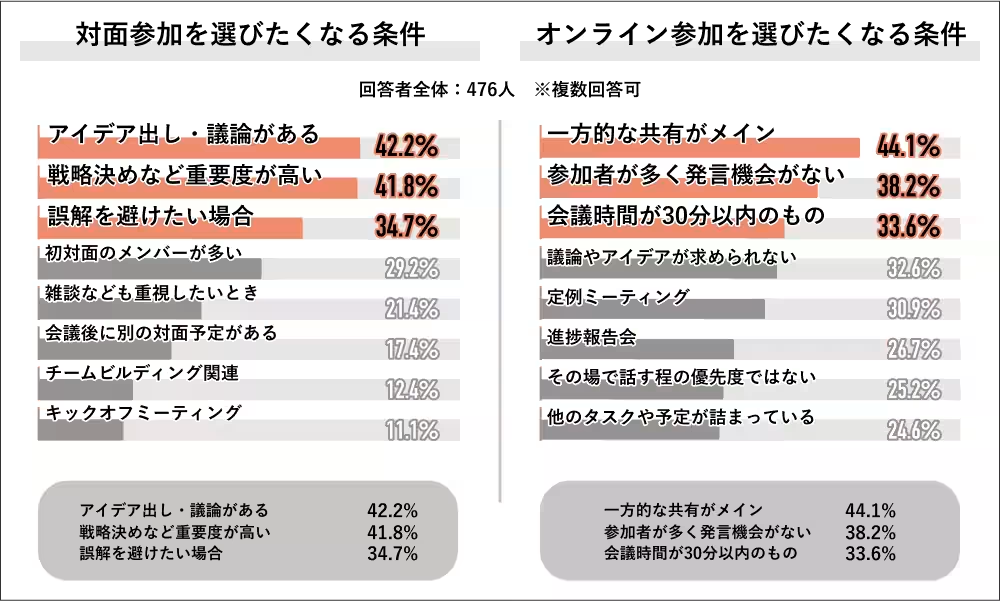
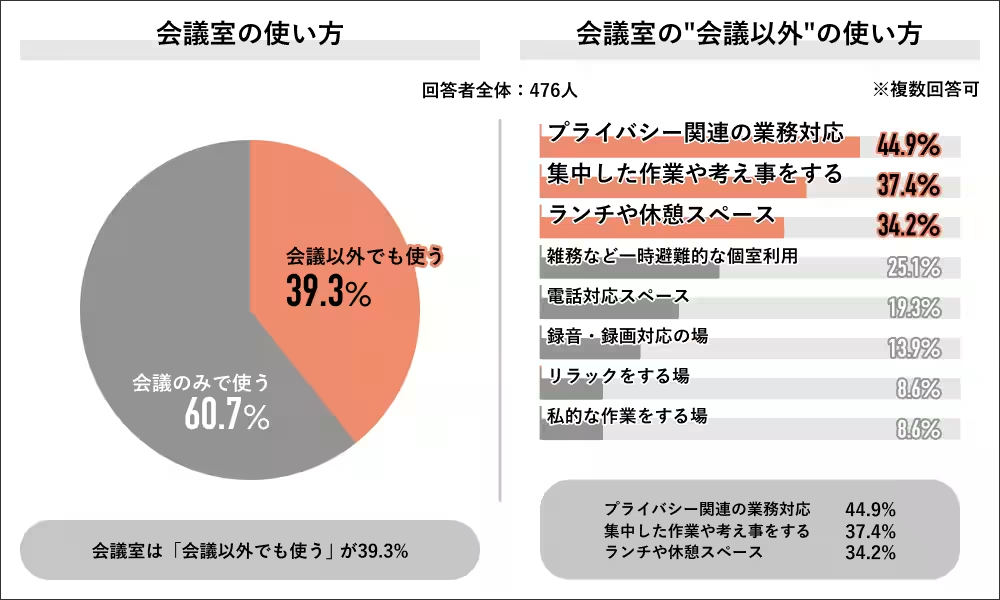
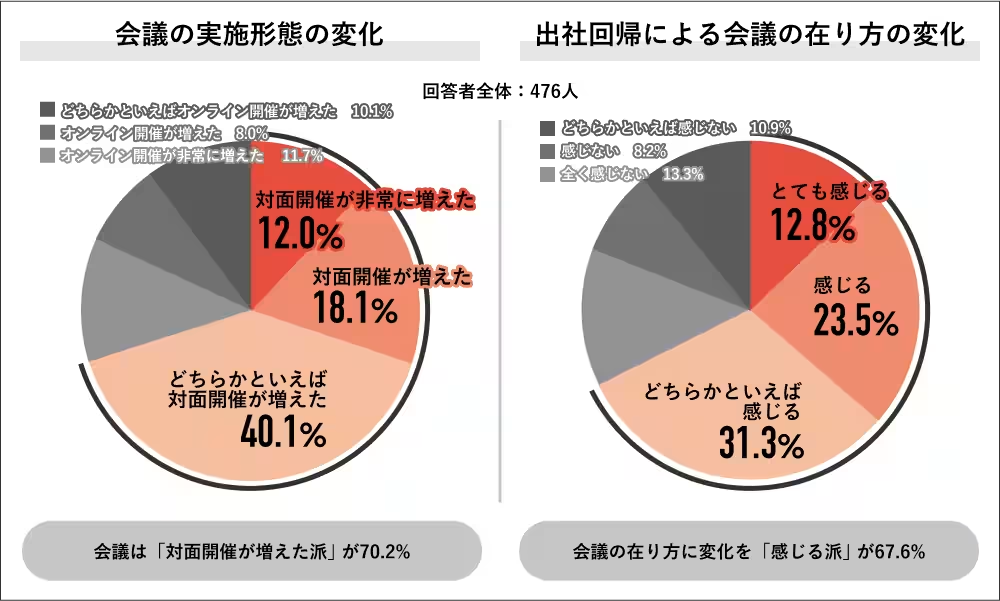
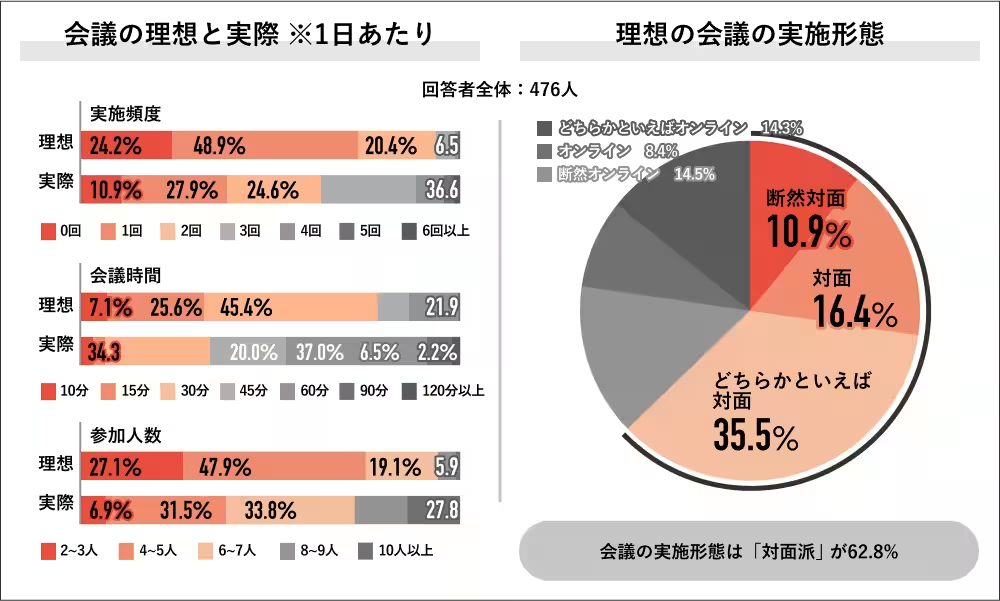
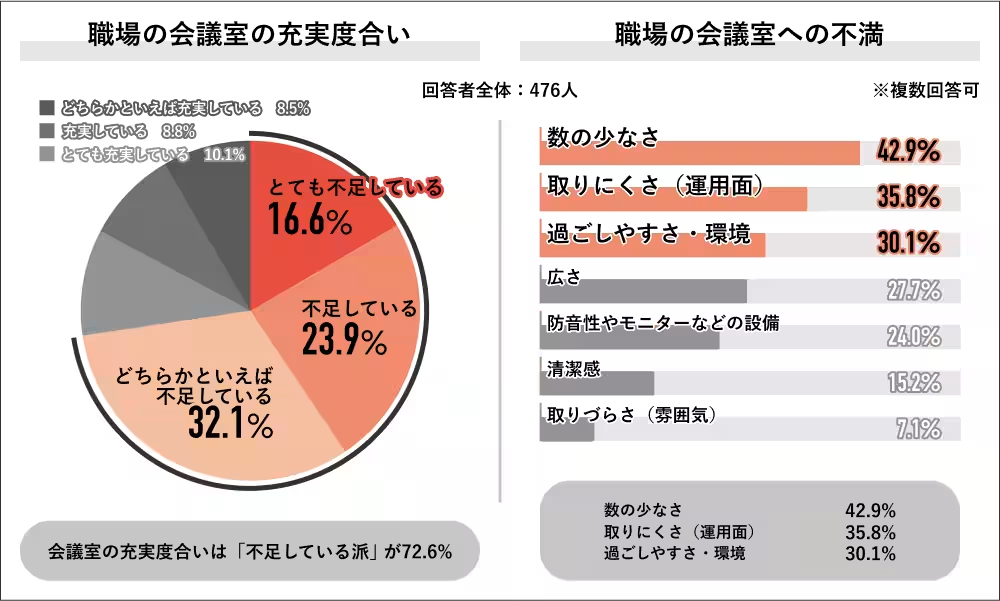
Topics Business Technology)










【About Using Articles】
You can freely use the title and article content by linking to the page where the article is posted.
※ Images cannot be used.
【About Links】
Links are free to use.